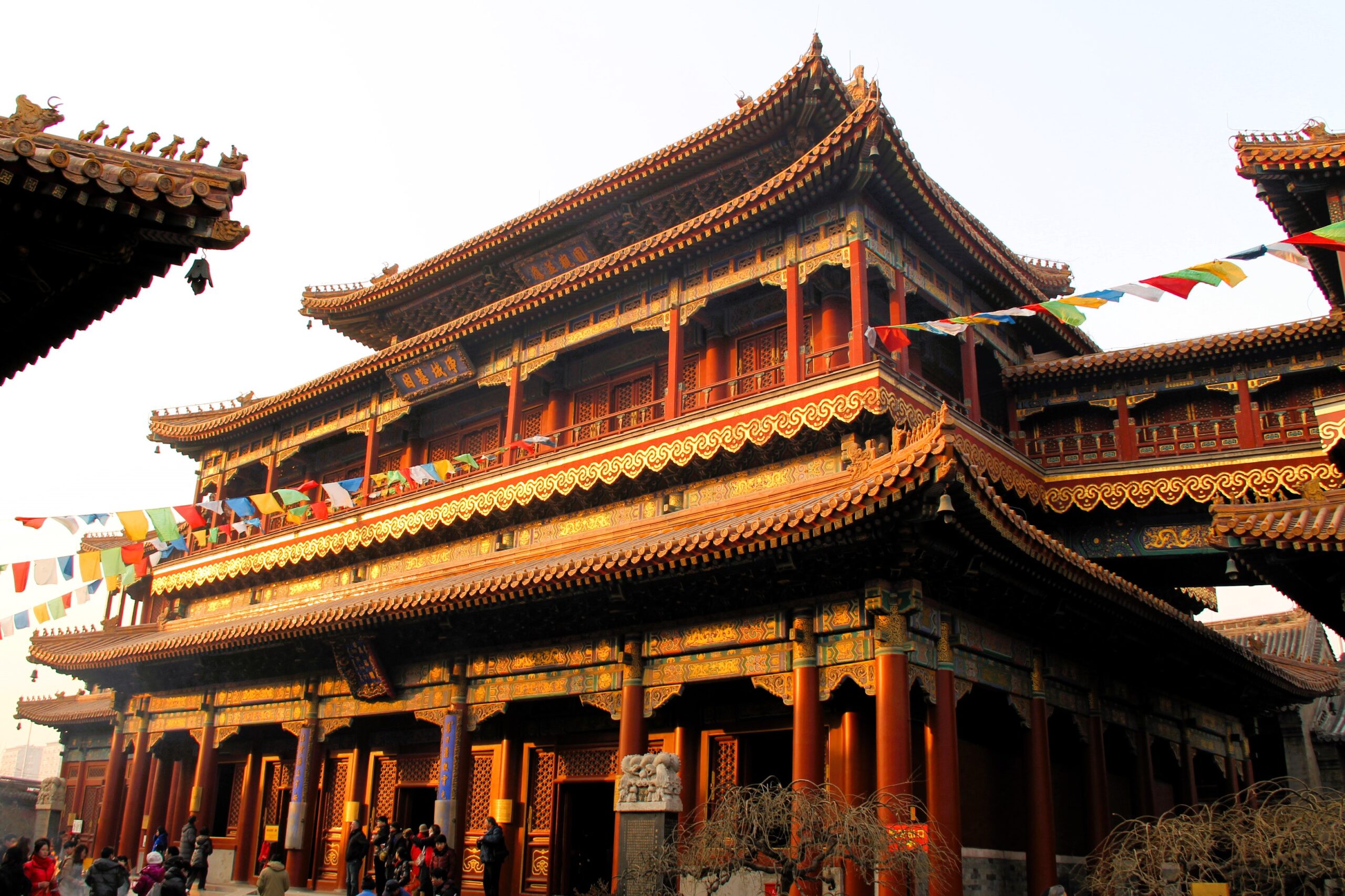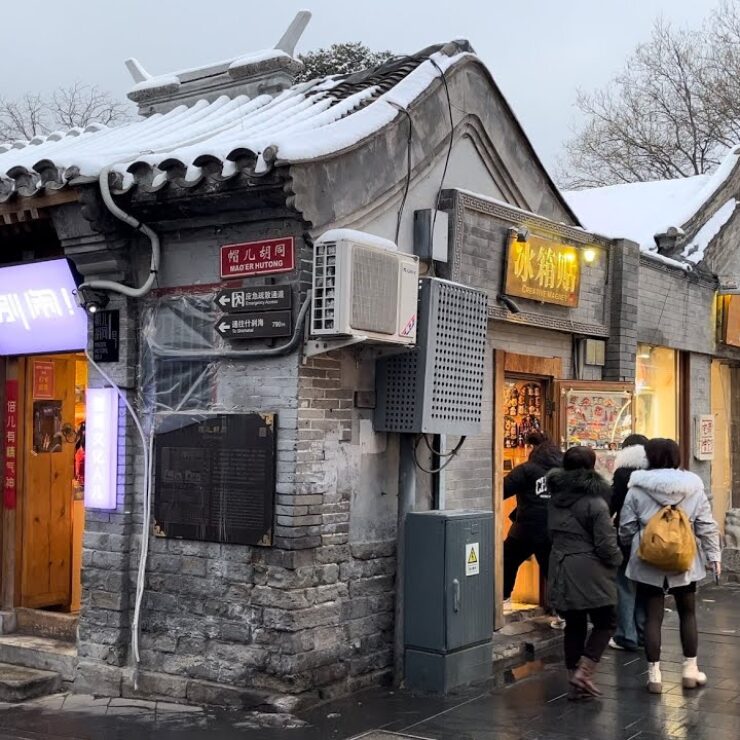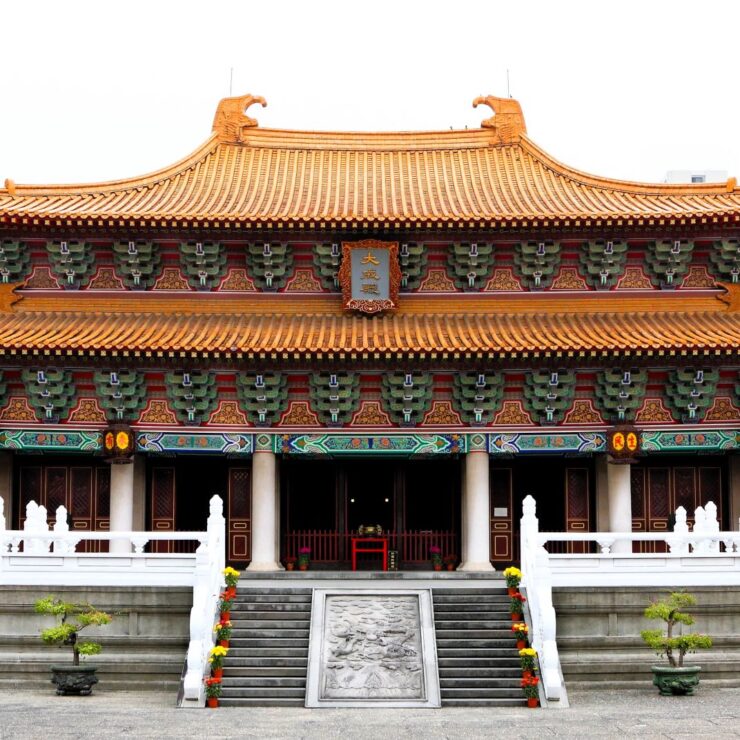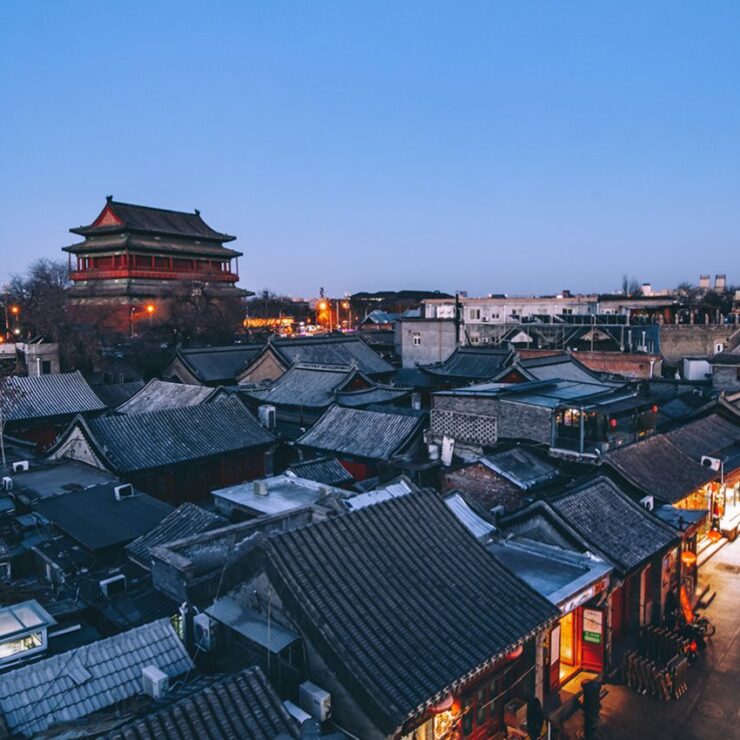Nestled in the bustling heart of Beijing, the Lama Temple, also known as Yonghegong, stands as a breathtaking testament to Tibetan Buddhist culture and Chinese imperial history. Renowned for its stunning architecture, intricate artworks, and profound religious significance, this sacred site is a must-visit for tourists seeking to explore the spiritual and cultural depths of China’s capital. In this comprehensive guide, we’ll uncover the history, highlights, and practical tips for visiting the Lama Temple, ensuring you make the most of your journey to this iconic Beijing landmark.
A Glimpse into History: The Origins of Yonghegong
The Lama Temple, located in the Dongcheng District of Beijing, was originally constructed in 1694 during the Qing Dynasty as a residence for Prince Yong (Yin Zhen), who later became the Yongzheng Emperor. After his ascension to the throne, the complex was transformed into a lamasery—a monastery for Tibetan Buddhist monks—in 1744 under the reign of the Qianlong Emperor. This transformation reflected the Qing Dynasty’s efforts to strengthen ties with Tibetan and Mongolian regions by promoting Tibetan Buddhism.
Today, Yonghegong remains one of the most important and best-preserved Tibetan Buddhist temples outside of Tibet. It serves as a functioning monastery where monks conduct daily rituals, and it attracts thousands of pilgrims and tourists alike who come to marvel at its beauty and seek spiritual solace. The temple’s historical significance, combined with its active religious role, makes it a unique window into the intersection of faith, culture, and politics in Chinese history.
Architectural Marvels of the Lama Temple
The Lama Temple spans over 66,000 square meters and is designed in a traditional Chinese architectural style with distinct Tibetan influences. The complex is arranged along a north-south axis, featuring five main halls separated by courtyards and connected by pathways adorned with ancient cypress trees. Each hall is a masterpiece of craftsmanship, showcasing vibrant colors, intricate carvings, and symbolic designs. Here are some architectural highlights to look out for during your visit:
- The Hall of Heavenly Kings (Tianwang Dian)
As the first major hall you’ll encounter, this structure houses a statue of Maitreya, the Future Buddha, smiling benevolently at visitors. Flanking the statue are the Four Heavenly Kings, protectors of the four cardinal directions, each holding symbolic objects like a sword or an umbrella. The hall sets a reverent tone for the rest of the temple, with its ornate roof tiles and detailed murals. - The Hall of Harmony and Peace (Yonghe Dian)
The second hall, and the most important, was once the emperor’s audience chamber. It now contains three bronze statues representing the Buddhas of the past, present, and future. The central statue of Gautama Buddha is particularly striking, surrounded by offerings and incense smoke that fill the air with a mystical ambiance. - The Hall of Everlasting Protection (Yongyou Dian)
This hall, originally the emperor’s living quarters, features a statue of Amitayus, the Buddha of Infinite Life. The intricate woodwork and painted ceilings here are a testament to Qing Dynasty artistry, blending Chinese and Tibetan aesthetic elements. - The Hall of the Wheel of the Law (Falun Dian)
A highlight for many visitors, this hall showcases a massive six-meter-high statue of Tsongkhapa, the founder of the Gelug school of Tibetan Buddhism, which is the dominant sect at Yonghegong. The hall’s name reflects its role as a place for teaching Buddhist doctrine, symbolized by the “Wheel of the Law.” - The Pavilion of Ten Thousand Happinesses (Wanfu Ge)
The final and most iconic structure houses the famous Sandalwood Buddha, a towering 18-meter statue carved from a single piece of white sandalwood. Gifted to the Qianlong Emperor by the Dalai Lama, this statue is listed in the Guinness World Records as the largest of its kind. Standing before it, you can’t help but feel a sense of awe at its sheer size and the intricate details of its craftsmanship.
The temple’s architecture is further enhanced by its vibrant color palette—red walls, yellow roofs, and green tiles—symbolizing good fortune and imperial authority. Decorative elements like dragon motifs, lotus flowers, and Tibetan prayer wheels add layers of cultural and spiritual meaning to every corner of Yonghegong.
Religious Significance: A Center of Tibetan Buddhism
Beyond its architectural beauty, the Lama Temple holds immense religious importance as one of the leading centers of Tibetan Buddhism in China. It is a key site for the Gelugpa (Yellow Hat) sect, and its monks—often seen in maroon robes chanting sutras or performing rituals—maintain centuries-old traditions. The temple is particularly significant during festivals like Losar (Tibetan New Year), when elaborate ceremonies, dances, and offerings draw large crowds of devotees.
For many visitors, the spiritual atmosphere of Yonghegong is palpable. The scent of burning incense, the sound of prayer chants, and the sight of pilgrims spinning prayer wheels create a serene environment that invites reflection. Whether you’re a practicing Buddhist or simply a curious traveler, the temple offers a rare opportunity to witness and respect a living faith.
What to See and Do at the Lama Temple
A visit to Yonghegong is a feast for the senses, with plenty to explore beyond the main halls. Here are some must-see highlights and activities to include in your itinerary:
- Admire the Artifacts: The temple houses an impressive collection of Buddhist relics, thangkas (Tibetan scroll paintings), and ritual objects. Many of these are displayed in the halls or in small exhibition areas, offering insight into Tibetan Buddhist practices.
- Light Incense: Participate in the tradition of lighting incense sticks as an offering. You’ll find incense for sale near the entrance, and large bronze burners are placed throughout the courtyards for this purpose.
- Spin a Prayer Wheel: Along the temple’s pathways, you’ll notice rows of prayer wheels. Spinning them clockwise is believed to release prayers and bring good karma—don’t hesitate to join in this simple yet meaningful ritual.
- Capture the Beauty: While photography is restricted inside the halls to preserve the sanctity of the space, you can take stunning photos of the courtyards, roofs, and exterior details. The temple’s vibrant colors and intricate designs make for unforgettable shots.
- Visit During Festivals: If your trip coincides with a Buddhist festival, such as Losar or the Buddha’s Birthday, you’ll witness vibrant celebrations, including Cham dances performed by monks in elaborate costumes and masks.
Practical Tips for Visiting the Lama Temple
To ensure a smooth and respectful visit to Yonghegong, keep these tips in mind:
- Location and Getting There: The Lama Temple is located at 12 Yonghegong Street, Dongcheng District, Beijing. It’s easily accessible via the Beijing Subway—take Line 2 or Line 5 to Yonghegong Station, and the temple is just a short walk from Exit C.
- Opening Hours and Tickets: The temple is open daily from 9:00 AM to 4:30 PM (last entry at 4:00 PM). Tickets cost around 25 CNY, with discounts for students and seniors. Audio guides are available for rent at the entrance for a small fee.
- Dress Code: As a religious site, modest clothing is required. Avoid shorts, sleeveless tops, or revealing outfits, and consider bringing a scarf or shawl to cover shoulders if needed.
- Best Time to Visit: Early mornings or weekdays are ideal to avoid crowds, especially during peak tourist seasons (spring and autumn) or Chinese national holidays. Visiting in winter offers a quieter experience and a chance to see the temple dusted with snow—a magical sight.
- Respect the Rules: Follow signage regarding photography and behavior. Speak softly, avoid touching artifacts, and be mindful of monks and worshippers engaging in prayer.
- Nearby Attractions: The Lama Temple is close to other notable sites like the Confucius Temple and the Hutongs of Dongcheng District. Combine your visit with a stroll through nearby Nanluoguxiang, a historic alleyway filled with shops and cafes.
Why the Lama Temple Should Be on Your Beijing Itinerary
The Lama Temple (Yonghegong) is more than just a tourist attraction—it’s a living monument to Beijing’s cultural and spiritual heritage. Its stunning architecture, from the towering Sandalwood Buddha to the intricate details of its halls, offers a visual feast for history and art enthusiasts. Its religious significance provides a deeper understanding of Tibetan Buddhism and its role in Chinese history. And its serene atmosphere offers a peaceful escape from the city’s hustle and bustle.
Whether you’re a first-time visitor to Beijing or a seasoned traveler, Yonghegong promises an enriching experience that blends history, faith, and beauty. It’s a place where you can marvel at ancient craftsmanship, participate in timeless rituals, and reflect on the enduring power of spirituality.
Plan Your Visit to the Lama Temple Today
Ready to explore one of Beijing’s most iconic landmarks? Add the Lama Temple (Yonghegong) to your travel itinerary and immerse yourself in the captivating world of Tibetan Buddhism. Whether you’re drawn by its architectural splendor, its cultural significance, or simply the chance to witness a living tradition, Yonghegong will leave an indelible mark on your journey through China’s capital. Pack your curiosity, dress respectfully, and step into a sacred space where history and spirituality converge.





